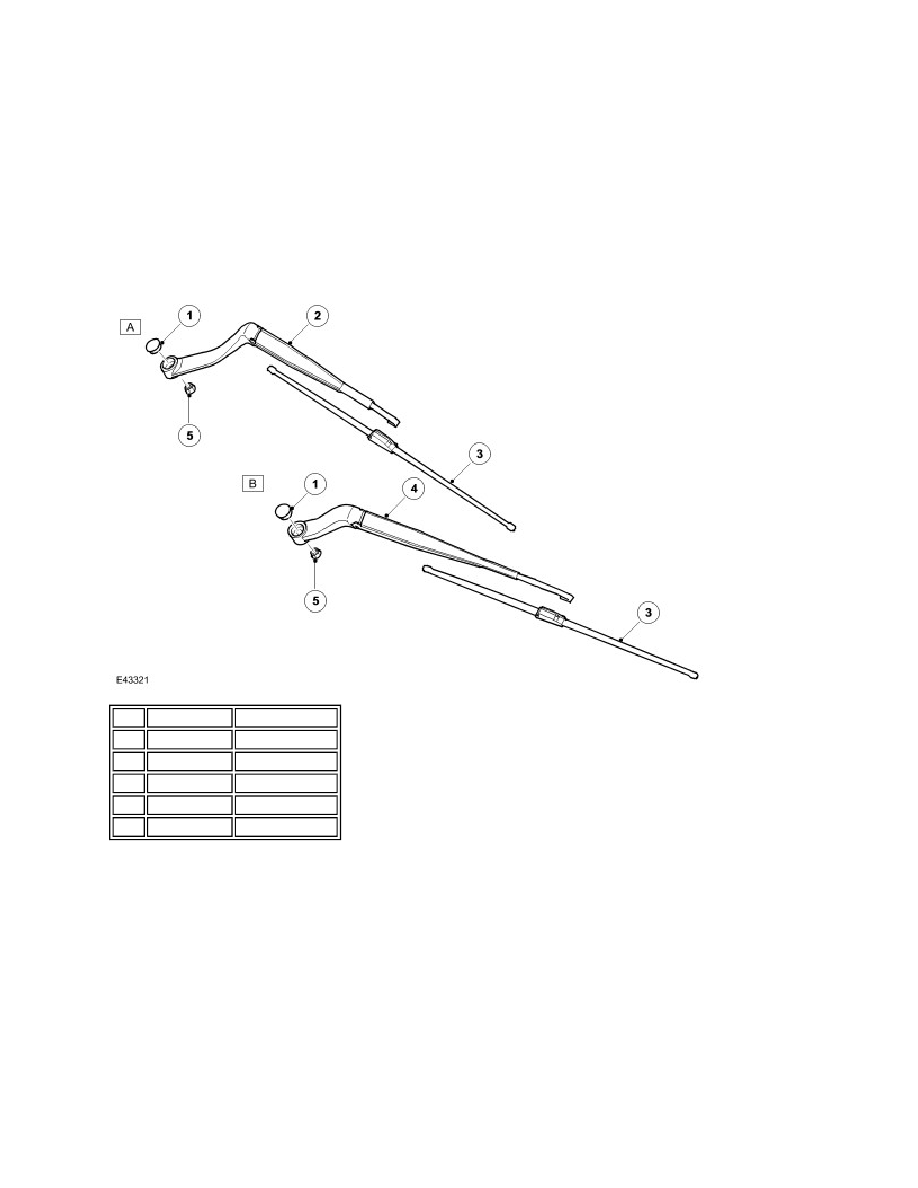LR3/Disco 3

a motor brush, which is offset from the ground brush and operates the motor at fast speed. With the power supplied
through this brush, the current flows through fewer coil windings. This results in a lower resistance to the current flow to
the ground brush and gives a higher motor rotational speed.
Output control of the wiper motor is through a double contact relay. The relay is located in the Battery Junction Box (BJB).
The motor has an internal track switch, which signals the CJB when the wipers have reached the park position. The park
signal is closed circuit when the wipers are in the park position. When the wipers are switched off and the CJB receives
the park position signal from the motor, the CJB shorts the motor via a relay bridge circuit. This short circuit has the effect
of applying a brake to the motor, giving precise positioning of the wiper blades in the park position.
Wiper Arms
The wiper arms are positively located on tapered splines on the wiper linkage spindles.
The wiper arm has a pivot point, midway between the spindle attachment and the blade. A tension spring is connected to
the wiper arm on each side of the pivot point and applies pressure to maintain the wiper blade in contact with the
windscreen.
The wiper blades are attached to the wiper arms with clips that allow the blade to pivot. The wiper blades comprise of a
sprung steel curved backbone which applies the pressure evenly to the windscreen, to which is applied the wiping lip to
the bottom surface and an aerofoil section to the top which presses the blades onto the windscreen at high vehicle
speeds.
REAR WIPER ASSEMBLY
The rear wiper assembly comprises:
Item Part Number
Description
1
Spindle caps
2
RH Wiper arm
3
Wiper blades
4
LH wiper arm
5
Self locking nuts
